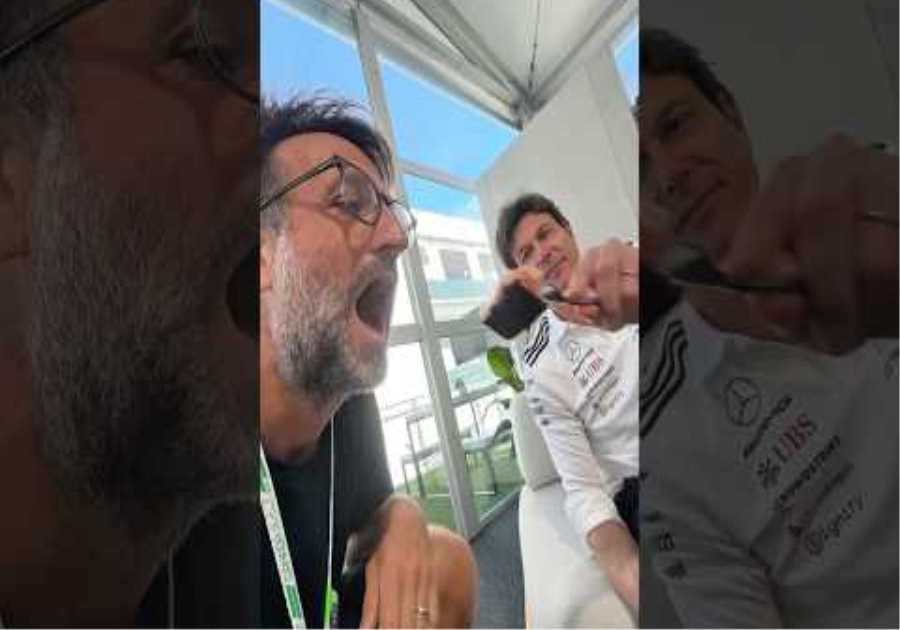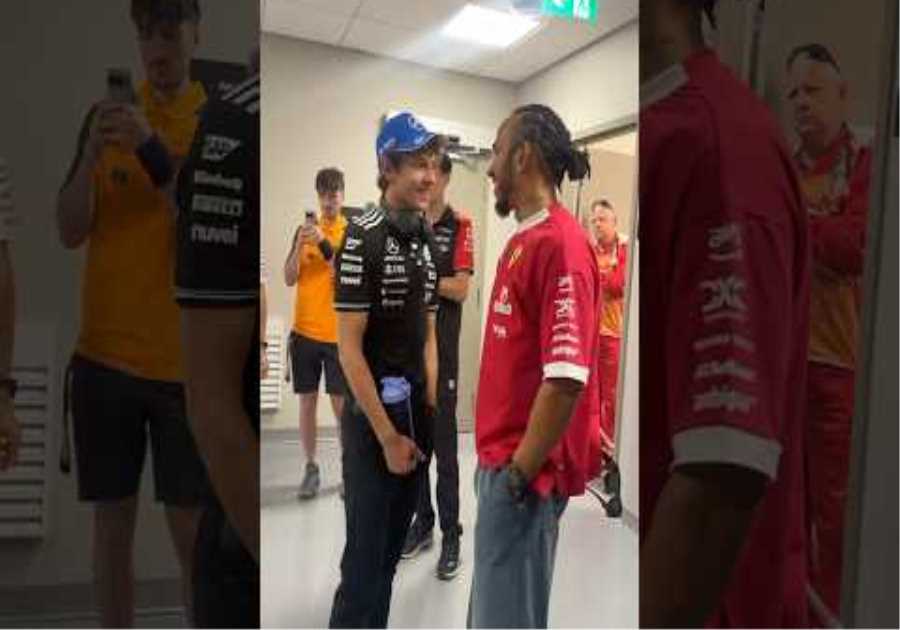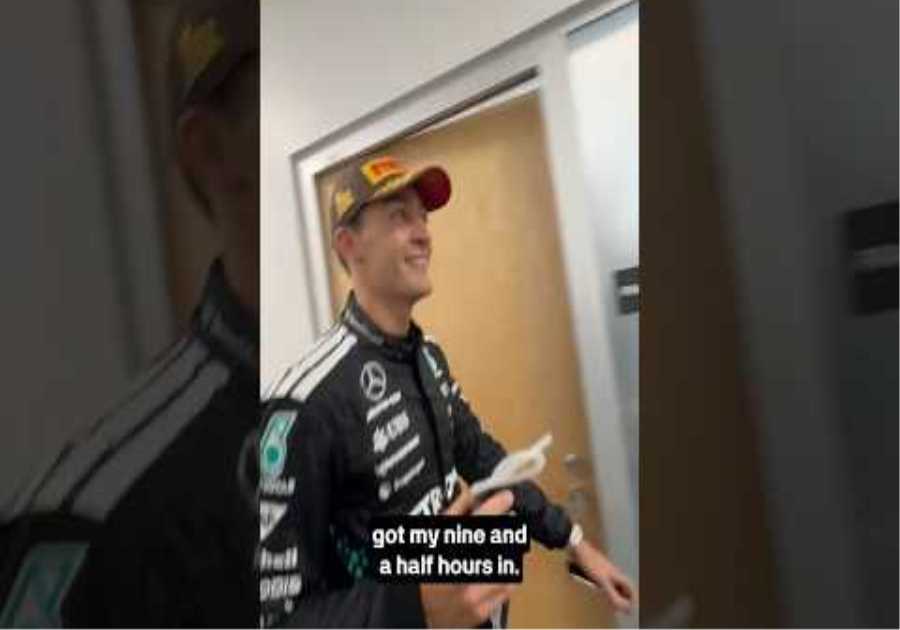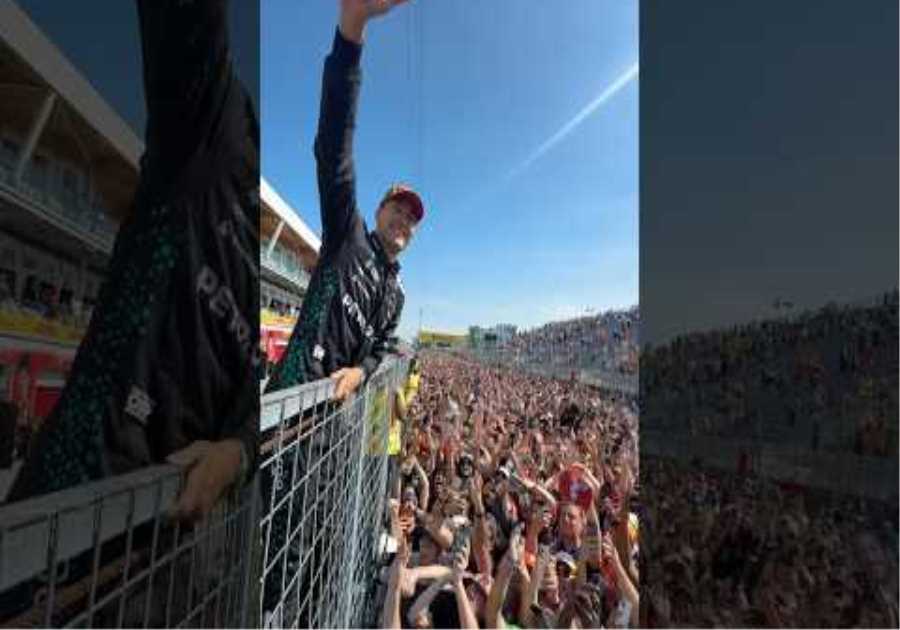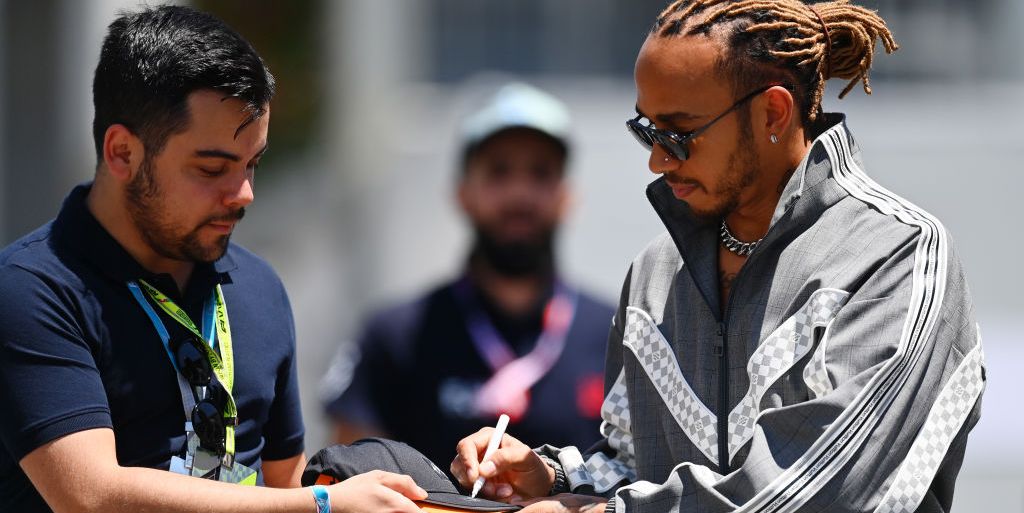
- Even in F1’s new era of a spending caps, the traditional biggest spenders—Ferrari, Mercedes and Red Bull—are still dominating as much as ever.
- One of the many items that teams don’t have to include in their budget caps are driver salaries.
- Mercedes F1 team principal Toto Wolff says that it might be time to reel in, or at least regulate in some way, driver salaries in Formula 1.
The two-year-old team spending caps in the sport continues to get mixed reviews in the Formula 1 paddock.
While the idea of a $140 million spending cap for each team sounds like at least a step in the right direction for closing some gaps on the grid, it’s not exactly panning out just like that. The traditional biggest spenders—Ferrari, Mercedes and Red Bull—are still dominating as much as ever. In some ways even more so, as in 2020 (before the cap) McLaren and Racing Point (now Aston Martin) finished the season 3-4 in the standings, and this year they are well back in the standings. So much for the salary cap closing the gap between the big teams and the midfield.
Then there is the issue of inflation. Some teams have stated that they’d like F1 beancounters to consider raising the cap to allow for inflation. Some teams, and rightly so, say they didn’t count on world-wide inflation in 2022 being as big a concern or deep a cut when they built their budgets out last year. And there is also the issue of car damage in crashes. Some teams are saying that it doesn’t take more than a crash or two to bust up not only a chassis, but to break the budget, as well.
Any talk of driver salary caps would not affect drivers under long-team contracts, like Red Bull’s Max Verstappen. He has a contract that runs through the 2027 season.
Mark ThompsonGetty Images
One of the many items excluded from F1 budget caps are driver salaries. Those costs are kept close to the vest by the teams, but seven-time champion Lewis Hamilton of Mercedes has been reported to be working with a salary upwards of $40 million, while defending champion Max Verstappen is said to be raking in the neighborhood of $20 a million this year.
Mercedes F1 team principal Toto Wolff says that it might be time to reel in, or at least regulate in some way, driver salaries in Formula 1. Wolff even went to far as to say that maybe F1 should take a look at some of the American sports leagues that have salary caps for its athletes.
“Certainly, it has come up as a controversial topic,” Woff said during media availability on Saturday in Azerbaijan, ahead of Sunday’s Grand Prix there. “We can see that we are facing a very difficult situation in Formula 1 overall.
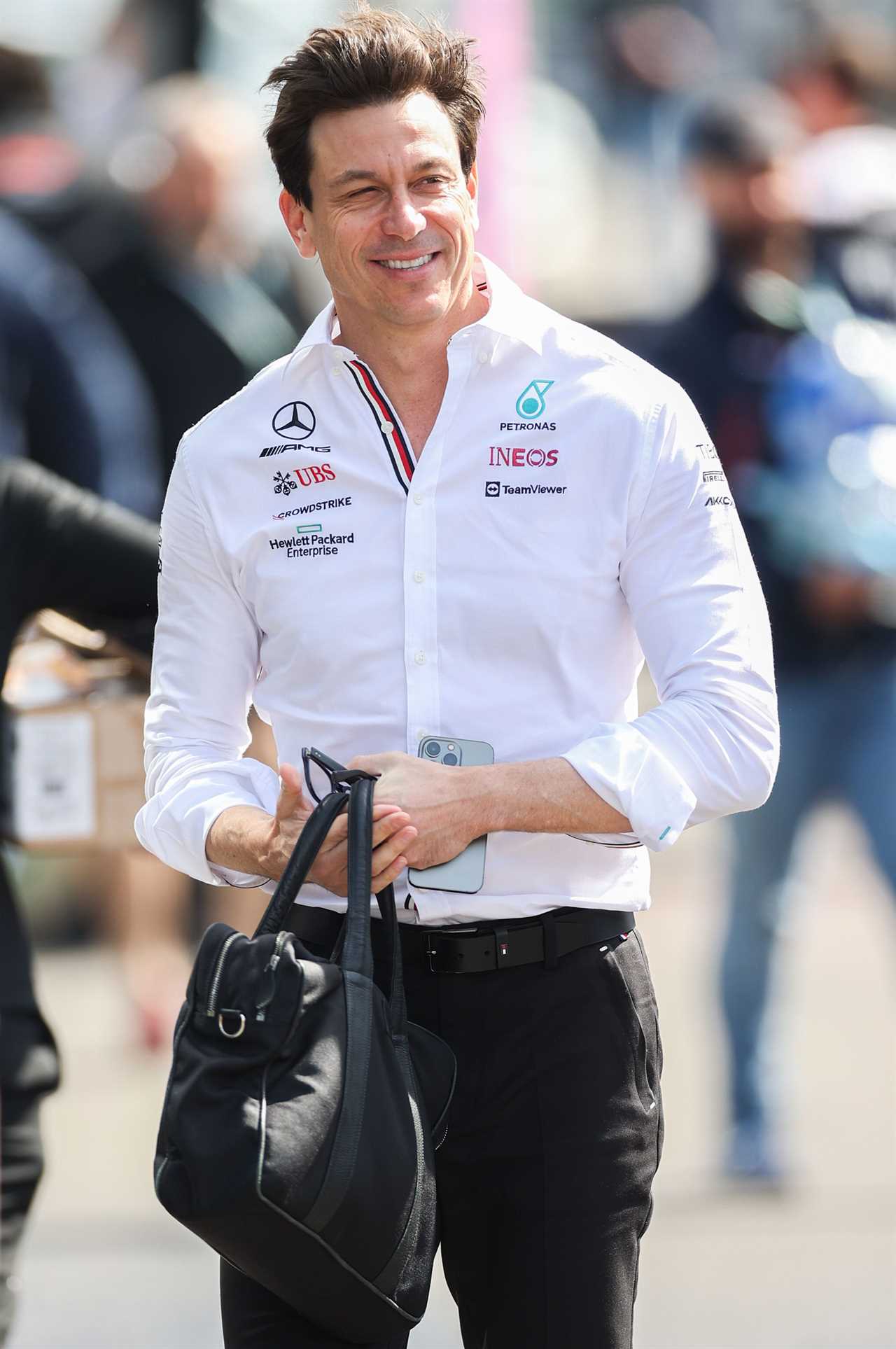
Toto Wolf says that Formula 1 should at least look at the American model for salary caps in sports leagues.
Peter J FoxGetty Images
“The sport is booming and Formula 1 is earning more money and that trickles down to the teams but we have a cost cap. We have $140 million for a thousand people. With inflation, we haven’t been able to even pay the inflation and I think the talk about 30 or 40 million dollar salary allowance is inadequate when you take that perspective.”
This is where the American models come in. Major team sports leagues in the United States operate under salary caps. The National Basketball Association was the first major league to instill a salary cap for players, beginning with the 1984-85 season. The National Football League instituted its salary cap in 1994, and the National Hockey League did the same beginning with the 2005-06 season.
Major League Baseball, while technically not operating under salary caps, does have a “luxury tax” that imposes it on teams that spend over a prescribed amount. Teams can exceed the cap, but they are then taxed for going over the cap. Some money brought in from the luxury taxes filters back to the teams that stayed under the cap—with the hopes that those teams will increase their spending for players in future seasons.
“Now, clearly, the drivers will have an opinion on that and maybe as a driver I would say the same thing but US American leagues, that are the most successful in the world, have introduced salary caps 15 years ago,” Wolff said. “It works pretty well over there and Formula 1 is looking at it without an immediate solution to it, but I think, like all the other sports in the world, we need to find a way of how we can act sustainably and become independent from sovereign funds or state-owned teams.”
Wolff said that maybe on solution is “unlocking” more endorsement opportunities for the drivers. Maybe help them find more money outside of the team’s salary.
“You can’t simply have a salary bill (for drivers) in some of the top teams that is 30, 40, 50 million, when the rest of the team needs to be divided into $140 million,” Wolff said. “But having said that, they are tremendous superstars, they deserve to be among the top earners in the sport. In terms of direct salaries they already are and then we need to find a way of unlocking the endorsement opportunities, the capability of doing endorsement deals which is two thirds if not more for US American sports teams but certainly, direct salaries, Formula 1 drivers are paid the most.”
Ferrari team principal Mattia Binotto, whose drivers Charles Leclerc and Carlos Sainz Jr. reportedly combine for a salary somewhere in excess of $20 million, agrees that driver salaries is one of many issues on F1’s plate. He’s just not sure it’s a priority just yet.
“It’s a tricky one to be addressed and I’m not sure there is a solution, honestly,” Binotto said. “It’s not only a tricky one, I think it’s not even an urgent one. The salary cap for drivers will affect only three, four maximum teams—not more than that. And those teams that will be affected are already in long-term agreements with their drivers—so long that I think it’s again not something that we need to put in place for next year.
“It will not be before maybe 2026. Having said that, there is plenty of time to look at the points and understand the sustainability that Toto was mentioning. We need to take our time, reflect on it, not as an urgent matter.”
Added Haas F1 team principal Guenther Steiner, “I think where we can learn lessons from is American big league sports. There is a lot going on there and we just need to see how it is done there and learn from it. We don’t have to copy it but there is a lot being done and just looking at it for mid- to long-term, how this can be resolved so this lack of parity between the team budget and the drivers budget is not so big any more.
“But obviously you will always have the problem that who is going to invest in a race car driver if he cannot make the money back. It’s very difficult to sort.”
This content is created and maintained by a third party, and imported onto this page to help users provide their email addresses. You may be able to find more information about this and similar content at piano.io
Did you miss our previous article...
https://formulaone.news/haas/mazepin-would-return-to-f1-immediately

